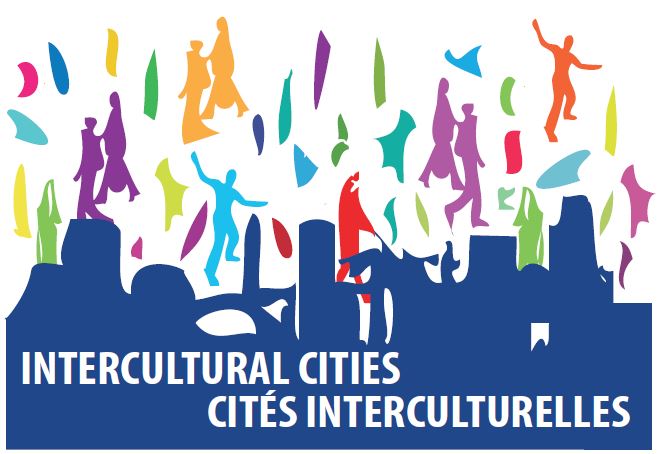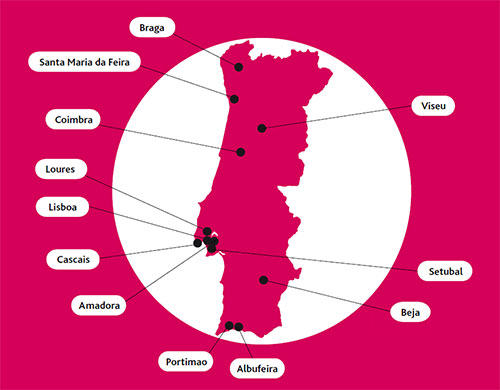Paranhos, Portugal - Intercultural City

According to the Episcopal archives, Paranhos was a village in the 17th century. In the 19th century (1837), this parish was included in the city of Porto, that is, in the municipality of Porto.
In Portugal, local administration comprises two levels: the municipality and the civil parishes, which have an elected collegiate council, with a President and other executive members whose mission is to address the interests of its community or territories. Each county has one or more civil parishes. The municipality of Porto has seven civil parishes which have legal and autonomous powers. The civil parish is the local administrative organisation closest to the citizens.
Despite its urban profile, today we can still discover in Paranhos the pleasures of a parish that was once constituted by villages. The parish offers the best of two worlds: the amenities of life in a city alongside the idyllic tranquillity found in the countryside.
As the number of inhabitants has grown, the parish has gone through a significant urban transformation process. Many of the existing fields gave way to modern public and residential buildings. It was therefore in the 20th century that a parish of a more modern nature was born. Today Paranhos is served by a modern public transportation network that includes a bus and a subway service, which attracts new residents, namely foreign citizens.
In recent years Paranhos, one of the most populous parishes in Portugal with 45,833 cities, has witnessed a huge landscape transformation and become a microcity within the city. This has resulted from the great demand on the part of national and international students, as well as of private investors, who regard Paranhos as an attractive and opportunity-rich parish. Consequently, we have seen as continuous, and yet sustainable, improvement of its structures and infrastructures, such as parks, residential areas or facilities.
According to the most recent statistical data (2021), Paranhos hosts a large multicultural community originating in all five continents. This segment of population represents 12% of the total number of residents in the parish (5,383). Regarding the origin of foreign inhabitants, 2,630 come from South America, 1509 from Africa, 777 from other European countries, 221 from Asia and lastly, one resident from Australia. There is still a very significant presence of citizens from Portuguese-speaking countries. The data shows that the largest Portuguese-speaking community is Brazilian, with 2,333 citizens, followed by the Angolan, with 752 inhabitants, the Mozambican, with 286 inhabitants and the Cape Verdean, with 212 citizens.
It is worth mentioning 119 foreign citizens whose country has not been identified yet. They are believed to have arrived from Morocco or Algeria given the numerous requests for official documents to legalise their situation.
Venezuela is the most represented country if we consider speakers of other languages, with 154 citizens. These citizens are descendants of Portuguese people, since Venezuela remains a country with a strong Portuguese community, which peaked in the 50s and 70s. As for European citizens, France is the most widely represented country followed by Italy.
Over the past years, the parish of Paranhos has regarded integration practices and policies directed at immigrants as priority. Efforts have been made to promote citizenship rights and equality of opportunities as well as to appreciate human, cultural and entrepreneurial potential of those who choose this parish as their home, with the purpose of creating an inclusive and cohesive community, acknowledging the importance and richness of cultural diversity.
- What is the ICC Index?
- Paranhos Results






